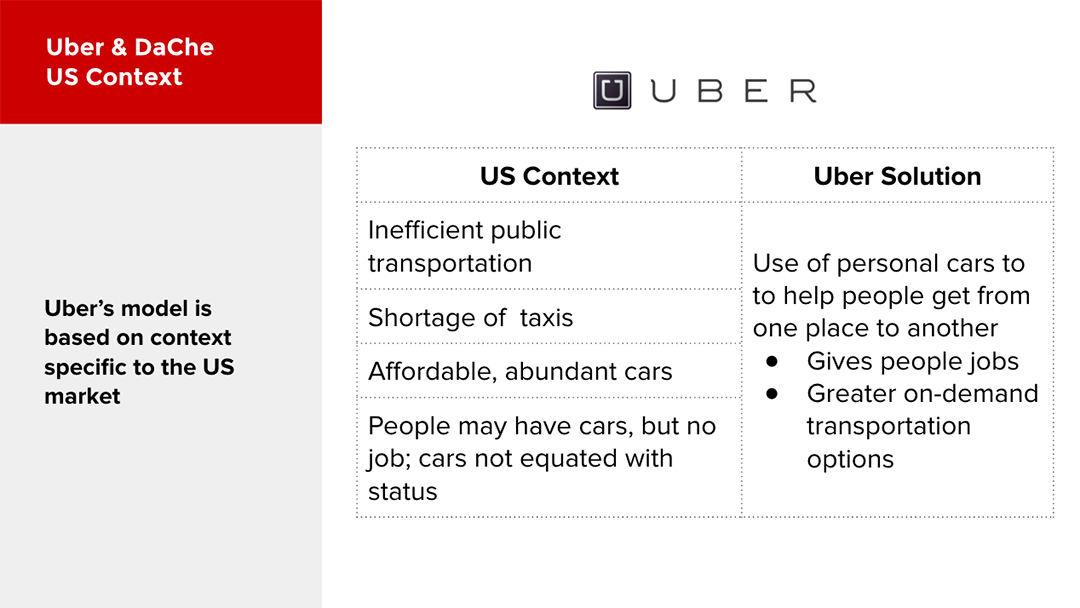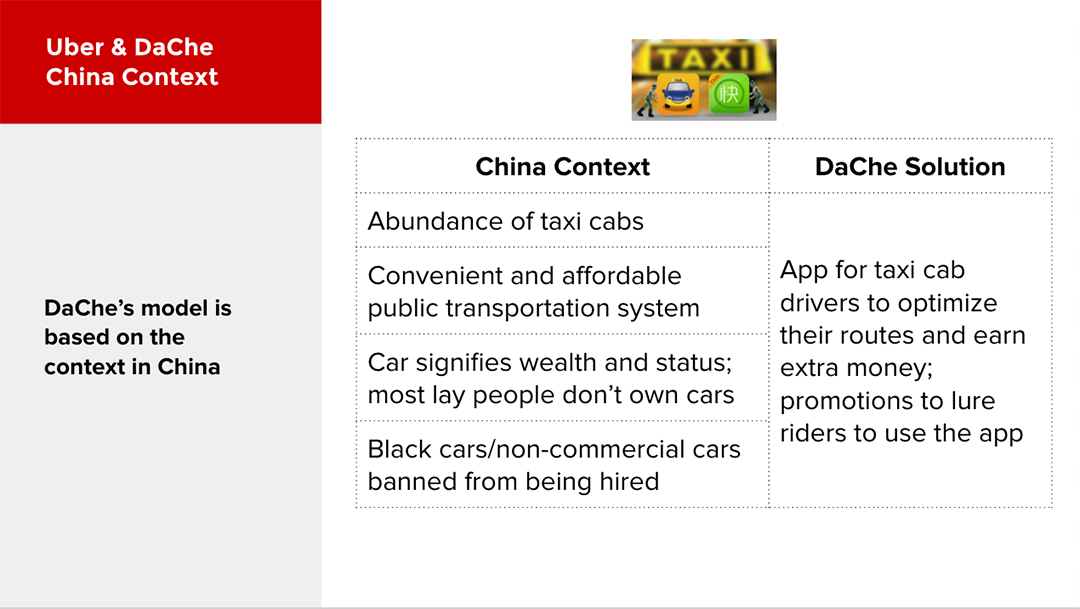Cross-Cultural User Experience Design
Comparing and contrasting user experience design in China and the US

Role
Design Researcher
Method | Tool
Interviews
Secondary Research
Our initial hypothesis was that excellent "Chinese UX” will be driven by different principles and therefore allow for new types of UIs to emerge. The ultimate goal of this project was to understand what those new types of UIs and their standards would be.
PROCESS
Part 1: Research, identify and define ‘UI standards’ and UX design philosophy for US sites/apps versus Chinese sites/apps. Explain the appeal and usability these standards hold for their market and note key areas of divergence between US and Chinese standards.
Part 2: Identify trends and underlying causes/explanations behind each set of standards. This can include historical approaches to design and art, text input usability/optimization, key cultural influences, and overall market trends, which are favored by users. In the past, much of the world’s UI has been largely driven (defacto) from Western, particularly US standards and trends; however China, which has been largely isolated from western sites, has recently moved from ‘haphazard copying’ to ‘thoughtful design’ in a way that does not mirror US trends. Their homegrown UX designers have created interfaces that have enhanced usability and appealed to the specific needs of their users, even though these designs defy Western traditional standards of ‘excellent UX’.
Our team researched a combination of the following through secondary research and interviews in order to understand the underlying UX trends in China:
• Social-Cultural customs
• Art/Design history
• Business Practices
• Political Philosophy/Customs
• Modern Visual Design
• Cognitive Science/Psychology
• Economics & International Relations
Part 3: Propose a vision for the future of Chinese UX
For the final analysis, I compared the user experience and user interfaces of Uber and KauiDi / DiDi DaChe (China’s version of the on-demand taxi).
KEY LEARNINGS
Design for another culture isn’t straightforward. It requires numerous considerations, especially within the context and values of the society. The users, the culture, and the technical, regulatory, and business constraints influence the context in China.
Key themes for future of UX design in China include considerations for mobile, infrastructure, status, government regulations (keeping in mind censorship risks), privacy, and security.


